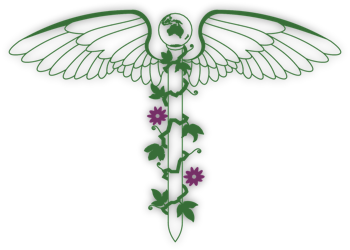The Heart
By Marianne Kornaat.
 The heart holds the office of emperor and is the issuer of spirit clarity (xin zhe, jun zhu zhi guan ye, shen ming chu yan).
The heart holds the office of emperor and is the issuer of spirit clarity (xin zhe, jun zhu zhi guan ye, shen ming chu yan).
This is the opening passage of “Basic Questions”, chapter 8, which was generally dated by scholars to have been written between the late Warring States period (475-221 BC) and the early Han period (206 BCE–220 CE) in China.
The heart in Chinese medicine theory is placed above all other organs and occupies an absolutely central role in the psychic sphere because, it houses the mind that is responsible for the very consciousness, our sense of identity, thinking, perceiving and for our emotional life. It is to be noted, that all modern and ancient Chinese philosophers teach that there is a connection between the heart (xin) and the mind (shen). A whole school of neo-Confucian thought was dedicated to the mind/heart and this school became known as the school of the mind.
Shen ming is literally translated as spirit clarity.
The term has been translated too often as a spiritual, even religious concept which has often confused many westerners. The Chinese simply meant that spirit is the intelligence of existence itself, while spiritual clarity is the manifestation of that intelligence. Any time that the term spirit (shen) is used in Chinese, it is in connection with something that cannot normally be seen or felt. In reference to the heart, spirit clarity involves an unseen intelligence that allows a being to recognise and interact with its environment. The word recognise, does not necessarily refer to something at the conscious level, but instead represents the innate ability of an organism to perceive and respond to its environment.
In the case of human beings, there are three levels of recognition:
-
Recognition of the external environment; the 6 qi(wind, cold, heat, moisture, dryness, and summer heat).
-
Recognition of the internal environment; the movement of the qi dynamic (refers to the four movements of ascent, descent, exit and entry)
-
Recognition of the social environment; interactions with people/animals
Because of its role as recogniser, the heart is said to be preeminent among the 12 organs and the source of the intelligence of life (spirit).
As noted the term spirit refers to the intelligence of existence. This is an intelligence that is in all living things. In plants for example it is seen in their ability to respond to changes in the seasons and on a daily basis to turn toward the sun (heliotropism). In human beings, this concept also includes the capacity for understanding or comprehending and involves an innate ability to make associative leaps from one concept to another.

Another common image is that of the heart as a pool of water. When the surface of the heart is calm, it can clearly reflect perceptions from the outside world. When the surface is stirred by the wind-like movement of the seven emotions - joy, anger, worry, anxiety, sadness, fear and fright - then the reflection becomes muddled and a person has difficulty perceiving the real nature of a situation.
The nature and health of the spirit has a direct effect on the ability of a person to keep the ‘heart mirror’ polished and calm.

